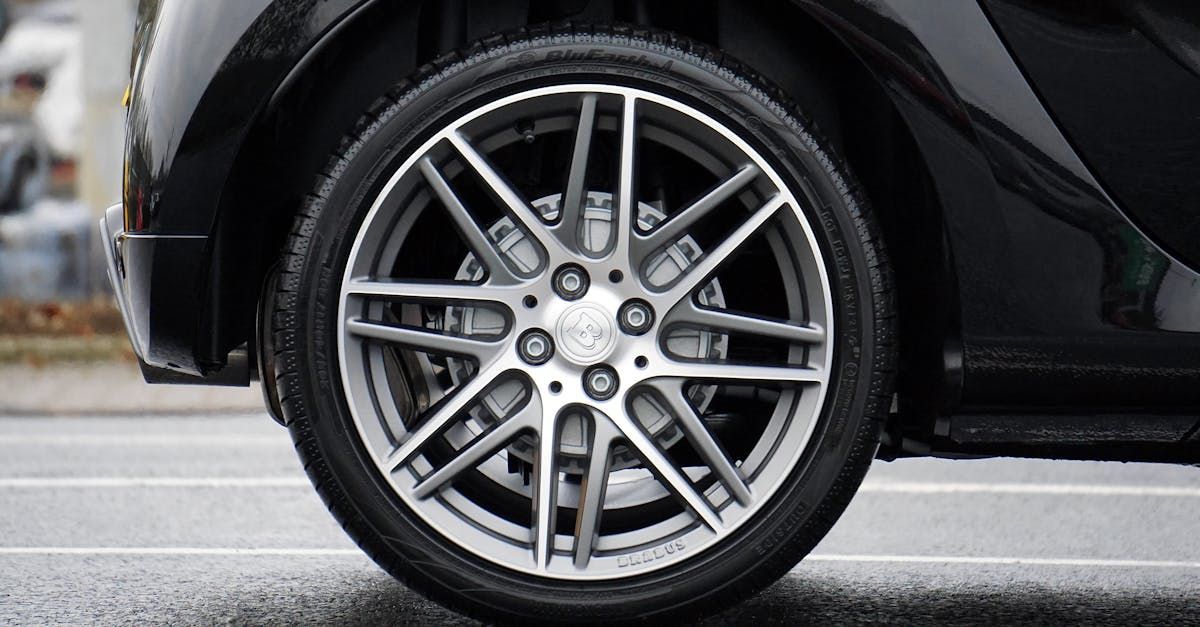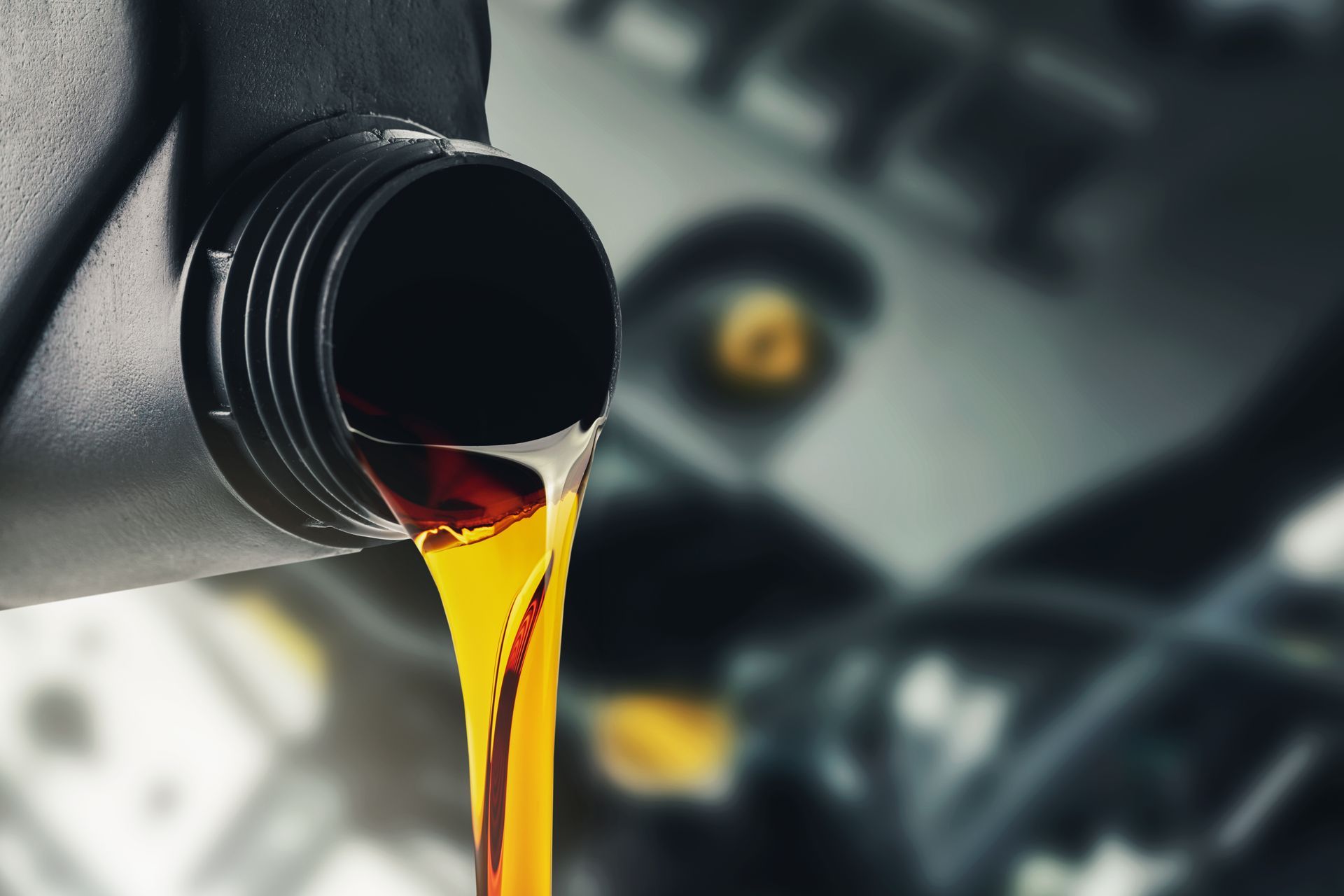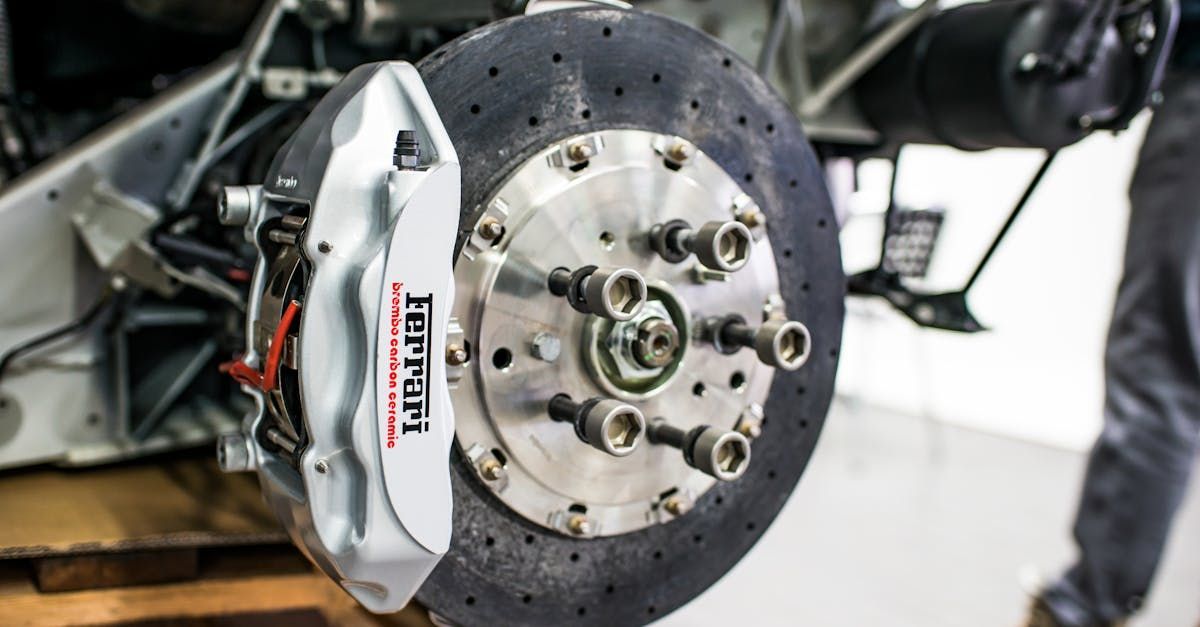At Mike Palmer Automotive in Salt Lake City, UT, we understand the critical role that belts and hoses play in your vehicle's performance. These components are often overlooked, yet they are pivotal in keeping your car running smoothly. In this comprehensive guide, we'll delve into the intricacies of automotive belts and hoses, providing you with expert insights and practical advice to ensure your vehicle remains in top condition.
Why Belts and Hoses Matter
Belts and hoses are among the most vulnerable components of your car. They manage crucial operations such as the alternator, air conditioning, power steering, and the engine's cooling system. A failure in any of these can lead to inconvenient breakdowns and costly repairs. That's why regular inspection and maintenance at Mike Palmer Automotive is essential.
Understanding the Types of Belts and Hoses
When we talk about belts in the automotive world, we generally refer to serpentine belts and timing belts. Serpentine belts power multiple peripheral devices in the engine, while timing belts synchronize the crankshaft and camshaft, thus playing a vital role in the engine's function.
Hoses, on the other hand, include radiator hoses, heater hoses, and fuel hoses. Each has a specific role in ensuring the effectiveness of liquid flow within various systems of your vehicle. For instance, radiator hoses play a crucial part in maintaining the engine's temperature.
Signs of Wear and Tear
Detecting early signs of wear and tear on your vehicle’s belts and hoses is pivotal to preventing major mechanical issues. At Mike Palmer Automotive, we recommend watching out for the following indicators:
- Cracks and frays: Are your belts showing signs of cracking or fraying? This could mean they are nearing the end of their life.
- Squealing noises: A high-pitched squeal could indicate that your serpentine belt needs adjusting or replacing.
- Leaky hoses: If there are visible fluid leaks under the car, it may be time to inspect the hoses for cracks or leaks.
- Overheating engine: This could be a sign of a malfunctioning radiator hose.
Maintenance Tips
Preventative maintenance can not only extend the life of your belts and hoses but also the overall health of your vehicle. Here at Mike Palmer Automotive, we have compiled a few essential maintenance practices:
- Regular inspections: Periodically inspecting belts and hoses can catch potential issues before they become serious problems.
- Replacements: Follow your vehicle manufacturer’s recommendations for belt and hose replacement intervals. Generally, serpentine belts are replaced every 60,000 to 100,000 miles, and timing belts between 60,000 to 100,000 miles or as suggested.
- Proper tension: Ensuring that belts are at the correct tension is key to their performance. Too tight or too loose can cause damage over time.
- Check for corrosion: Hoses can corrode over time, so keep an eye out for any signs of debris or corrosion.
Why Choose Mike Palmer Automotive?
With years of expertise, Mike Palmer Automotive in Salt Lake City, UT is your go-to destination for reliable belts and hoses services. Our team of trained professionals is committed to delivering top-notch customer service and ensuring your vehicle runs at peak performance. We value your time and strive to provide efficient services with a personal touch.
Conclusion
Belts and hoses are often the unsung heroes of your vehicle’s mechanical harmony. By staying attentive to their condition and seeking expert advice from Mike Palmer Automotive, you can enhance your vehicle's lifespan and performance. Never underestimate the impact of well-maintained belts and hoses; they are the lifeblood of your car’s essential systems.
Ready to keep your vehicle in top shape? Schedule your belts and hoses inspection with Mike Palmer Automotive today!








